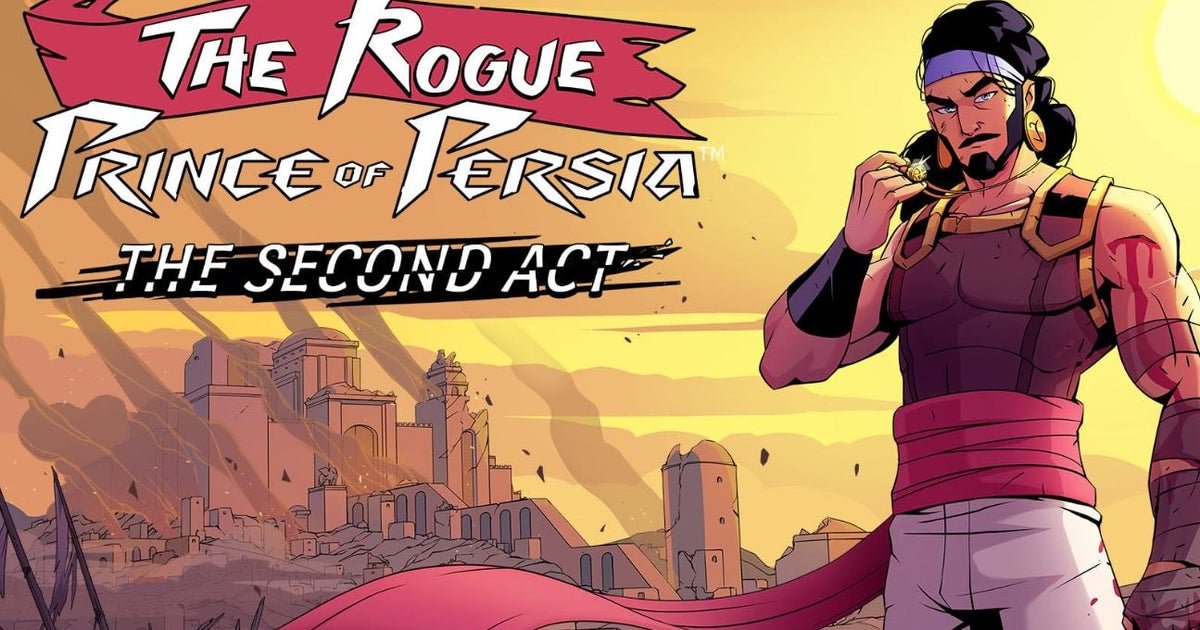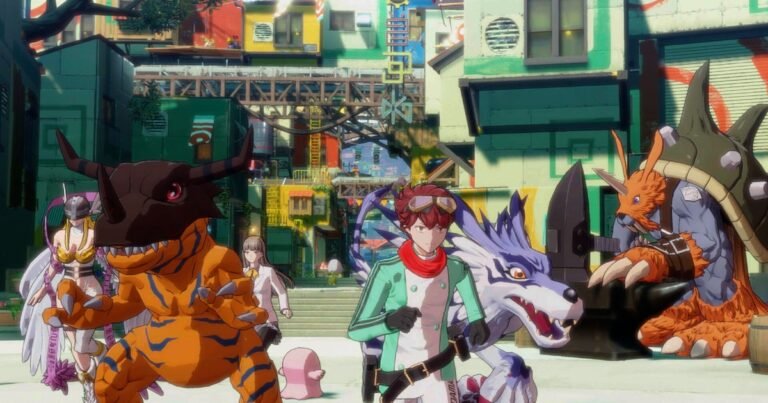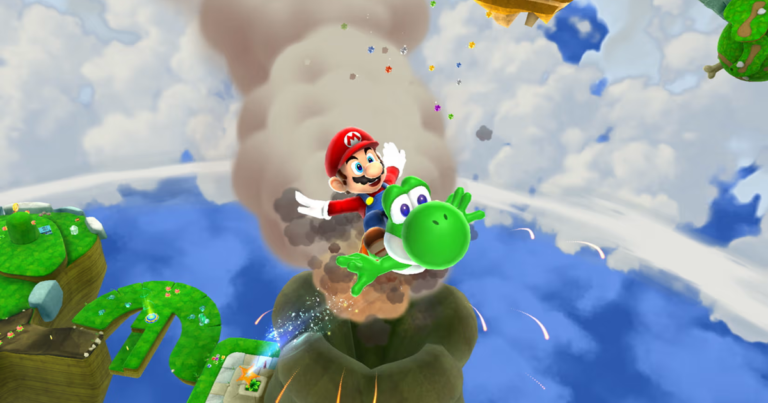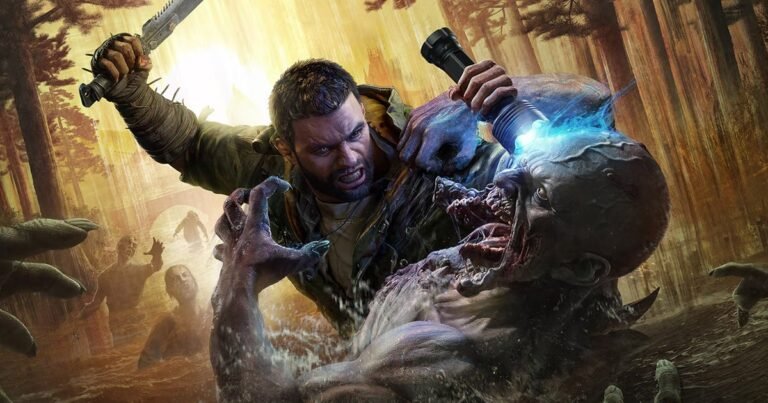
The Rogue Prince of Persia, which I had the pleasure of analyzing in June of this year, is a curious twist to the traditional formula of the saga, adding a roguelite element that fits very well into this universe. However, at the time I wrote the review, I called the game a “sketch” and a “glorified demo”: the potential was there, as well as the fundamental ingredients for a Prince of Persia game, but the lack of content greatly tarnished the experience, emphasizing its repetitive factor even more.
The Ubisoft and Evil Empire seem to have listened to these criticisms from the community and have released an update that completely revitalizes the game, including the graphics themselves, and introduces many contents that make the experience more enjoyable.
### The Rogue Prince of Persia 2.0
I must admit that, initially, I only noticed changes in the design of the prince: from a pink skin tone and a cartoonish look, we moved on to a more realistic design that is more in line with previous game princes. But the changes also extend to the environments themselves, which now feature a higher level of detail compared to the original version of the game. This extra layer of objects and backgrounds seems to give it extra life, without ever discarding its peculiar visual style with bright and appealing colors.
Just check out the video below to see the visual differences of The Rogue Prince of Persia for yourself. Despite being subjective, it is undeniable that the Evil Empire used these extra months to enhance the environments, with an additional level of animation that was not present at all during my initial analysis.
If the June version was just a skeleton of the game, this one already has some extra muscles. The base is the same, of course: we will traverse various environments, overcome traps, defeat enemies, and face bosses as we try to save Persia from a Hun invasion. Each time we die, we will return to the Oasis (which functions as a kind of hub) and have to restart our journey.
### No attempt will be the same as the previous one
I do not remember these events in the original game, but one thing is certain: no “run” is the same as the previous one, there is always something exciting happening, and that is imperative in a game like this, giving extra motivation to continue. The game now boasts 9 biomes, 20 main weapons, six secondary tools, four boss encounters, 50 medallions, and 24 unique traversal challenges.
Regarding combat, it remains as fluid as ever, as well as the ability to climb or run on walls. These mechanics were already very well done in the original game release, so they did not need major overhauls. Still, it was impossible not to mention them once they are one of the fundamental pillars that, despite being simple and easily understandable, offer a wide range of strategies to players.
### Exciting new additions
One of the biggest additions to the game is Vayu’s Breath, a mechanic that allows players to fill a gauge (just below the health one) by performing wall-run combos, dodges, and attacks. When the gauge is full, it automatically grants the prince a burst of speed (and, with the right medallions, improved damage) and, although it depletes quickly, it will continue to recharge as long as you maintain the flow.
Finally, I must mention Nyamtur, a new NPC that can be found on the left side of the Oasis map. This is a completely new addition to the game and has a very specific goal: to motivate you to eliminate as many enemies as possible.
There is a wide variety of Huns scattered throughout the various maps, each with unique abilities: some wield axes, others shoot arrows, throw bombs, or teleport to your position. Through the Book of Heads, Nyamtur keeps track of the enemies you have killed of each species, and when you reach certain values, you will be rewarded with important items, including Soul Cinders (the valuable in-game currency).
I must emphasize the game’s soundtrack, which I highlighted in my initial analysis; mixing oriental sounds with strong modern beats, it is memorable, electrifying, and so good that I can imagine myself listening to it regularly on Spotify. Created by ASADI, it features Ravine’s Sovereignity in the video below, one of the project’s main themes.



